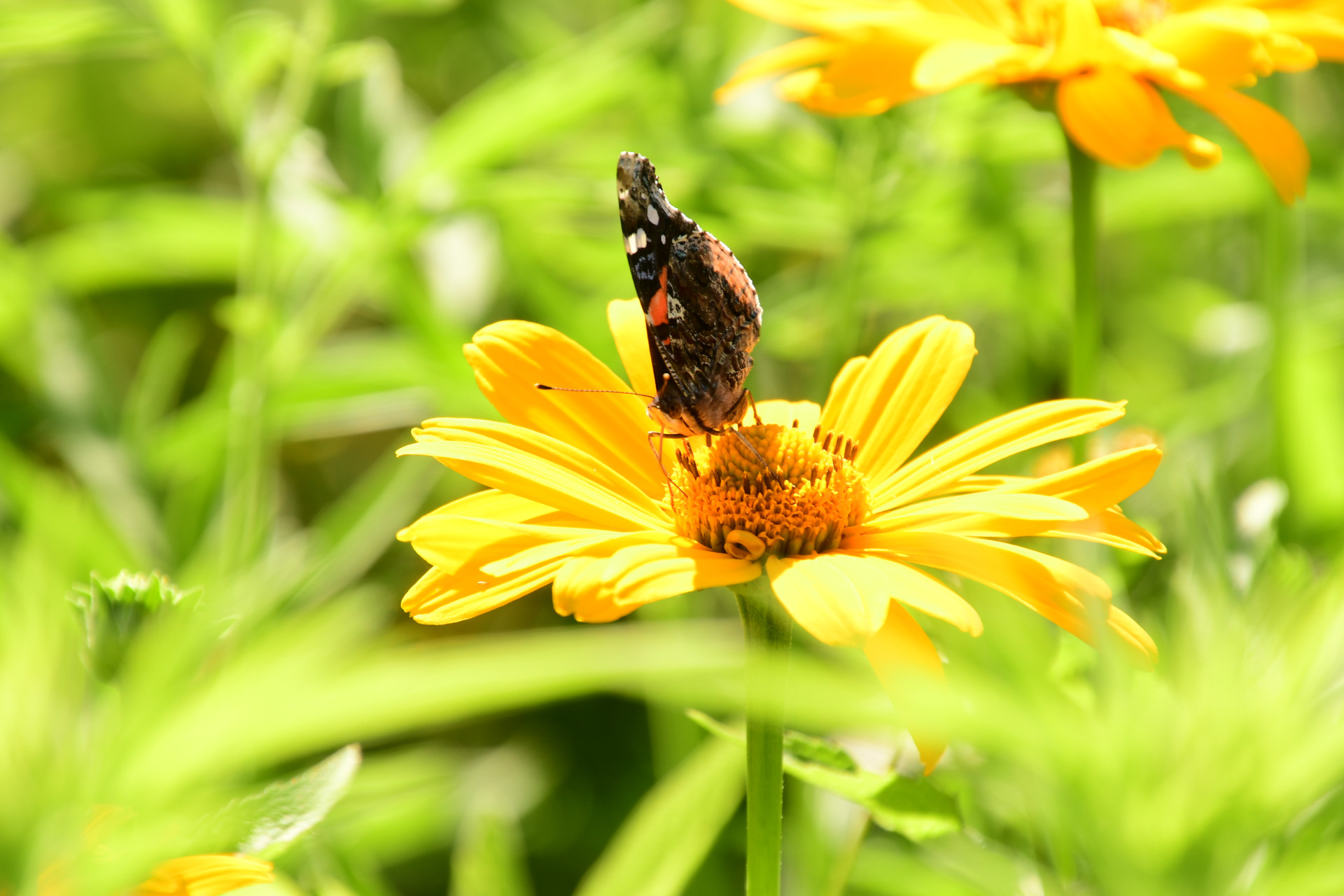
Backyard woodlands: An important forest resource
Nov 17, 2020

[caption id="attachment_6826" align="alignleft" width="131"] Photo of Mark Vitosh, Iowa Department of Natural Resources[/caption]
Photo of Mark Vitosh, Iowa Department of Natural Resources[/caption]
The Gazette is working with the Linn Landowner Forum to present a weekly series of columns about elements landowners should con-sider when replacing trees and plants lost in the Aug. 10 derecho. The series will focus on recovery, the importance of native plants and other topics. Seventh in a series written by Mark Vitosh.
Along with all of the damaged individual trees and rural woodlands across the region from the August 10 derecho, we cannot forget about the collection of woodland cover in residential backyards throughout our communities.
All of these small backyard woodland pockets collectively add up to an important forest resource and provide a variety of key benefits, including improved air and water quality; reduction of water runoff and soil erosion; recreation opportunities; aesthetics; protection of biodiversity; overwintering and summer habitat for some native pollinator species; and habitat for different wildlife species.
[caption id="attachment_6825" align="alignleft" width="300"] Derecho damage in a Linn County backyard woodland. Photo by Mark Vitosh.[/caption]
Derecho damage in a Linn County backyard woodland. Photo by Mark Vitosh.[/caption]
These backyard woodlands received significant damage from the summer storm, and just “letting nature take its course” might make it difficult for these woodland resources to recover successfully.
With some intervention and good woodland management, a positive direction toward recovery can be accomplished.
How do we start in improving your damaged backyard woodland? Safety is the first priority before entering a damaged woodland area.
Be sure that any hanging branches or risk trees are removed at least to the ground in use areas. In many cases, dealing with these risk situations is not for the do-it-yourselfer, so seek professional assistance.
Once you can enter the woodland safely, evaluate the condition of the remaining trees in the overstory (upper layer of the woodland) and understory (lower layer).
Key things to consider when managing your storm-damaged backyard woodland:
- Trees in the overstory with at least 40- to 50-percent remaining crown (tree top) still have an opportunity to survive.
- The young trees establishing in the understory will most likely become the future forest in that specific site.
- Standing tree trunks with little or no remaining branches can be left as wildlife snag/den trees as long as they are not creating risk to the surroundings.
In general, wood debris such as down branches and tree trunks on the forest floor are a natural part of a woodland system. They supply organic matter to the site as they decay and can be beneficial to insect species like ground-nesting native pollinators and native wildlife species.
Instead of removing significant wood debris, break treetops down to at least 4.5 feet off the ground and spread debris over the site.
To avoid erosion issues do not pile wood debris in active gullies or drainage areas. Lay remaining tree logs perpendicular to any slope.
Manage invasive plants
A critical step in managing these woodlands is to attempt to identify any non-native invasive plants present on the site.
Non-native invasive plant species that are introduced to a native woodland have the ability to out-compete native species and potentially cause a substantial decline in biodiversity, recreational accessibility and forest health.
Some of the common non-native plants of concern in this region include Oriental bittersweet, honeysuckle, barberry, burning bush euonymus, privet, buckthorn and garlic mustard.
Good information on identification and management of common non-native invasive species can be found in the Iowa DNR Forestry Invasive Species Guide iowadnr.gov/Conservation/Forestry/Forest-Health/Invasive-Plants.
Replanting your forrest
If the storm created significant openings allowing full sunlight to hit the ground, this could be an opportunity to establish sun-loving native woodland species like oak and hickory. Oak is an important wildlife species in Iowa.
If replanting new trees, make sure species selected match the available soil and growing conditions and that they are native woodland species.
In woodlands, bare root seedlings are more suitable than full-sized nursery landscape-size plants, but they need to be protected for a number of years from deer and rabbits.
For information on specific forest management options in your backyard woodland, contact your local Iowa DNR District Forester. For guidance, visit iowadnr.gov/Conservation/Forestry/Forestry-Landowner-Assistance.
Local backyard woodlands were heavily damaged by the summer storm, but woodlands are a renewable natural resource. With time and some management, there is hope that many of these woodlands can continue to provide a variety of benefits into the future.
Mark Vitosh is a District Forester with the Iowa DNR in the eastern part of the state. He has assisted private landowners and communities in managing forest resources in Johnson, Linn, Iowa, Benton, Poweshiek, Jasper and Muscatine counties since 2000. Mark is thrilled by a spring morel mushroom hunt and the fight of a pond-caught largemouth bass. He can be reached at (319) 351-8886 or mark.vitosh@dnr.iowa.gov